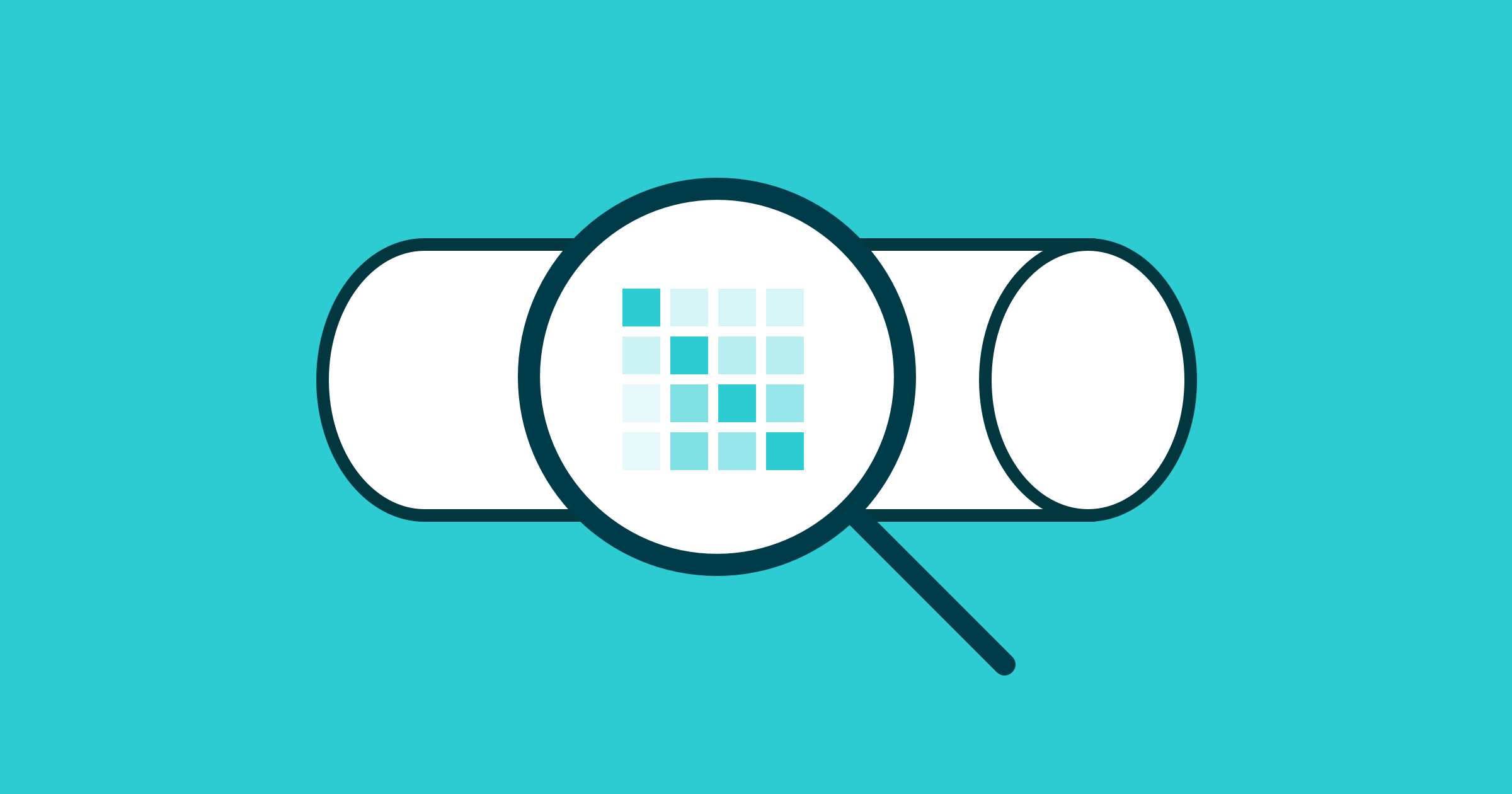
Building trust in AI is building up to be one of the most debated topics among the data science community this year. That is a good sign, both from the perspective that companies are approaching machine learning responsibly and that more companies are reaching a point where trust becomes important (i.e., production).
We've recently introduced two features that make building trusted and validated models easier:
-
You can now toggle a step to require human inspection before continuing the rest of the pipeline.
-
You can now visualize confusion matrices in Valohai to better understand your model performance.
Human Validation in a Pipeline
A fully automated machine learning pipeline is a beautiful thing. Data drift triggers the re-training pipeline; new raw data is pulled in, features are preprocessed, the model is trained, tuned, compared against the previous model, and finally deployed.
While this is desirable, it is often not possible. For example, maybe it is a new product and the team still lacks the confidence to deploy it automatically. Or perhaps some regulations require a human to validate the model before it can be deployed to production. Or maybe you want to check for data drift before you run your inference pipeline (we have an article coming up about this).

Whatever is your reason, Valohai offers human validation as part of our pipeline configuration. For any Valohai pipeline step, it is possible to require that a human validates the progress so far and decide if the pipeline can continue onward or be canceled. Users can also configure Slack or e-mail notifications as part of this process.
Confusion Matrices
Models are not perfect and make mistakes. As the name implies, a confusion matrix visualizes the "confusion" of a classifier model. For example, in the screenshot below, the model has classified two cats as lions. Understandable!
In addition to visualizing metrics on a graph, Valohai offers an ability to visualize confusion matrices. The platform automatically parses the matrices from the logs and visualizes them in the web UI. You even get to choose your own colormap! Fancy!
Most libraries offer built-in confusion matrices, and visualizing them in Valohai is usually just a few lines of code. Check out our documentation for some examples.

